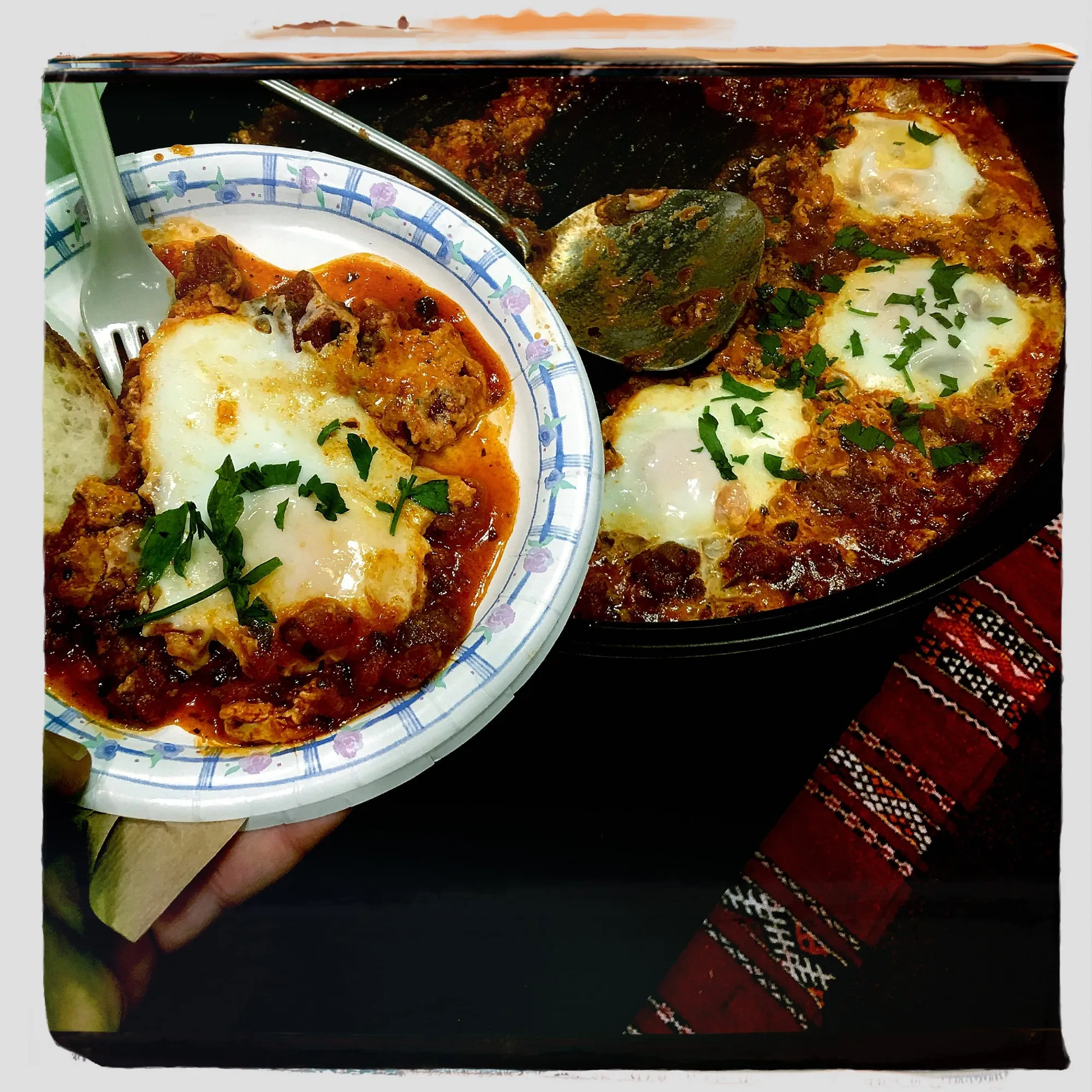Show Report – 2018 Summer Fancy Food Show

For me, spending time at a Fancy Food Show – there is one in the summer in New York and one in the winter in San Francisco – is a chance to think about new and continuing trends: trends in flavors, trends in product categories, and more. If there was an overall perception I came away from the recent Summer 2018 #fancyfoodshow it was that there were no real clear trends I saw that might dominate the world of specialty food over the next six months.
There were some things that did stand out:
- For as long as I can remember, the Fancy Food Show has been dominated by: Italy; cheese, cheese, and more cheese; olives and olive oils; traditional forms of charcuterie, and all possible forms in which to consume carbs and sugar. There were no changes to this traditional pattern this summer, but Greece upped its presence significantly, even if many of the stands were offering cheeses, olives, and olive oils. We’ll see if Greece continues to make this investment in future shows.
- We are past peak jerky. Jerky and meat sticks have been one of the product categories that seemed to everywhere at recent Fancy Food Shows. Their presence was down significantly this show. I did not do a count but the impression to me was maybe down by half with some industry stalwarts totally absent. In past shows, category growth was evidenced by introducing new flavors and to a lesser extent by references to food cultures (South African biltong and Korean street food), and alternative (to beef and pork) meats. There did not seem to be anything new in either of these respects this show, even among the companies showcasing this style of cured meat.
- Unlike many other Fancy Food Shows there was no obvious flavor trend. Traditional flavor categories – ginger and fiery foods, for example were to be seen, but there did not seem to be any noteworthy category developments in either of these areas.
- There was far less visual emphasis on signage and booth decoration on Gluten Free, non-GMO, and other special diet categories. Don’t mistake this lack of emphasis as a sign these claims are no longer important. What seems to have happened is they’ve melted into the background on packaging. Many claims seen to be part of a new normal that can be taken for granted. Low/reduced-fat was almost invisible, as were claims for “good” sugar, suggesting candy and other foods aimed at kids made with organic sugar is better somehow. It’s still sugar.
- If there were growth areas – I would be pressed to call them trends until I saw growth over at least two more show – one was in non-dairy dairy product alternatives. Coconut milk used in yogurt alternatives was one thing I saw. Another was an expansion in the alternative milks category using nuts and grains, some aimed directly at specialty coffee shops. Almond, soy, and rice milk are now passé. Oat milk is the new hot dairy-alternative according to my daughter, who works as a barista. The other was coffee-related: cold brew in bottles for home consumption. This is something that’s been trending but I think it’s cannibalizing other coffee products and the overall presence of coffee as a category seemed to be down.
Three Products That Appealed to Me
Truffled Chocolate Pudding from Kuta Tartufi
Good texture and a good balance between chocolate and summer black truffles. I can see using this on cheese plates as a dip/garnish and as a garnish on foods that are often decorated with truffles such as pasta and polenta.
Alt Milks from Elmhurst Dairy
The dairy (cow) industry is pushing back on the idea that non-dairy milks can call themselves milk. So I thought this relabeling as milked peanuts not peanut milk was a lot of fun. Elmhurst is claiming they use a new technology for making these Alt Milks and I can attest they are unusually clear. I particularly liked the oat and walnut milks, and the sweetened hazelnut milk was also appealing. Especially when compared with all of the non-dairy coffee creamer flavors on the market. These are much more expensive, to be fair, but the clarity of flavor and clean labels make them winners, IMO.
Black Raspberry Chocolate Chip Ice Cream from Graeter’s
I had this ice cream flavor the first time in about 1979. I was in Cincinnati for a community radio conference and each evening a group of us would head to the Clifton store to partake. For many years if you wanted Graeter’s you had to have it shipped, so it’s nice to know they’re promoting wider distribution. If you have not tried Graeter’s Black Raspberry Chocolate Chip ice cream you need to. Really. Need to.
Your thoughts on my product picks? Anything you would not try?
Hi Lauren! Thank you for your interest in our product, Darsana is the importer and a co-manufacturer of the factory in Italy. The chocolate is Italian extra dark chocolate (chocolato fondente extra) which contains 60% Dutch cocoa powder. If you would like to try samples, we would be glad to send some over.
Lauren – I did not ask any of these questions. I did get a card and found the website and you can find the answers there. I have a direct contact that I can DM you.
Who was importing/distributing the Kuta Tartufi? Do you remember whether they were using natural or Dutched cocoa powder?


